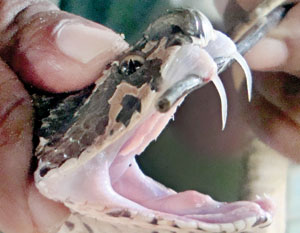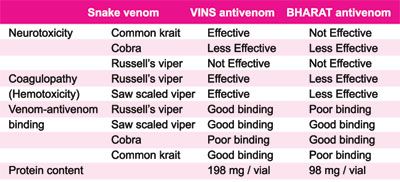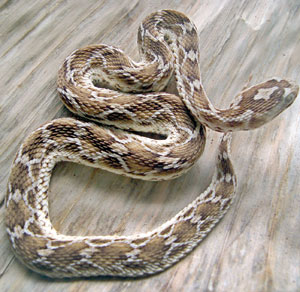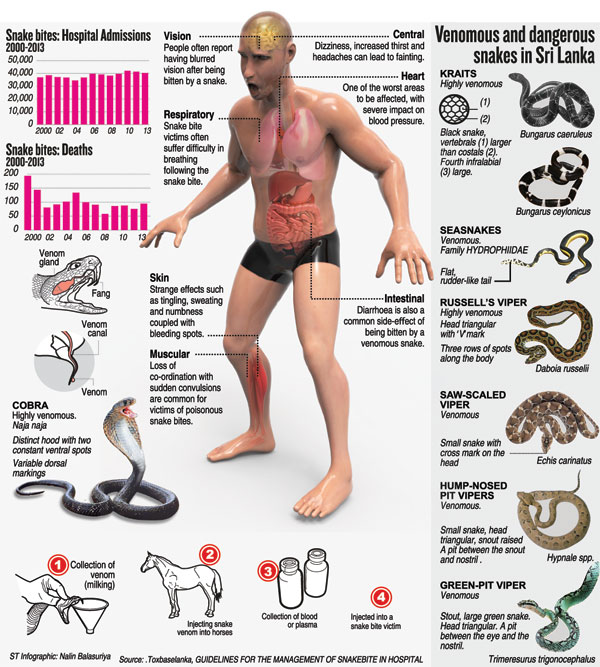News
Study shows problems with snake antivenom

Russell's Viper's fangs
Research shows one of two kinds of antivenom imported from India might not be very effective against some venomous snakes in Sri Lanka, where 40,000 people are hospitalised due to snakebite each year.
The research team checked several batches of Indian antivenom from the VINS and Bharat brands, the only antivenom (antivenene) available in Sri Lankan hospitals for many decades. They are made to counter bites by four major venomous snakes in India, the cobra, Russell’s viper, saw-scaled viper and common krait.
Dr. Kalana Maduwage, senior lecturer at the University of Peradeniya’s Medical Faculty, who recently returned to the university after completing his PhD in Australia, led the research.
The study showed only the VINS antivenom neutralised the neurotoxicity of krait venom. Both antivenoms partially neutralised cobra venom and did not neutralise Russell’s viper venom.
VINS antivenom neutralised the toxic effects of Russell’s viper and saw-scaled viper venom more effectively than Bharat antivenom.
The researchers conclude VINS is a better product that could help save more lives compared to Bharat but stressed the need to have locally manufactured anti-venom.
Both antivenoms lead to high rate of allergic reactions. Past studies have shown a 35-85 per cent chance of allergic reactions to Indian snake antivenom, a high figure compared to the allergic reactions reported in antivenoms used in the United States and Australia which are under 5 per cent.

Dr. Kalana Maduwage
The study also found a wide variation in the protein content and effectiveness of the different antivenom batches manufactured from 2008 to 2012, an inconsistency of quality that is a worry for medical practitioners fighting to save the lives of snakebite victims.
Snake venom is a complex mixture of toxic proteins that act against different vital organs, leading to life-threatening complications and death. Snake venoms harm the blood-clotting system, nervous system and kidney functions.
Snake antivenom is produced by injecting horses with small and repeated doses of snake venom to produce antibodies that are extracted from horse blood and made into antivenom.
There can, however, be other horse proteins in this extraction that need to be filtered out.
Contamination through unwanted horse proteins and impurities in snake antivenoms lead to allergic reactions to antivenom.
“The best option is for us to develop our own antivenom to cover all medically important venomous snakes in Sri Lanka,” Dr. Maduwage said. A group of scientists at the Peradeniya Medical Faculty is working on developing antivenom.
There is currently no antivenom available against the hump-nosed viper, the commonest type of highly venomous snakebite in Sri Lanka.
Listed along with Dr Maduwage as authors of the antivenom research paper published in the international journal Nature Scientific Reports last month are Anjana Silva, Margaret A. O’Leary, Wayne C. Hodgson and Geoffrey K. Isbister.

While researchers normally use mice in order to test the effectiveness of antivenom on snake venoms the team’s study reveals this method can be faulty.
“How snake venom attacks mice and human are different. The results of the mice study in our research are inconsistent with what happens to humans,” Dr. Maduwage said.

Saw scaled viper


